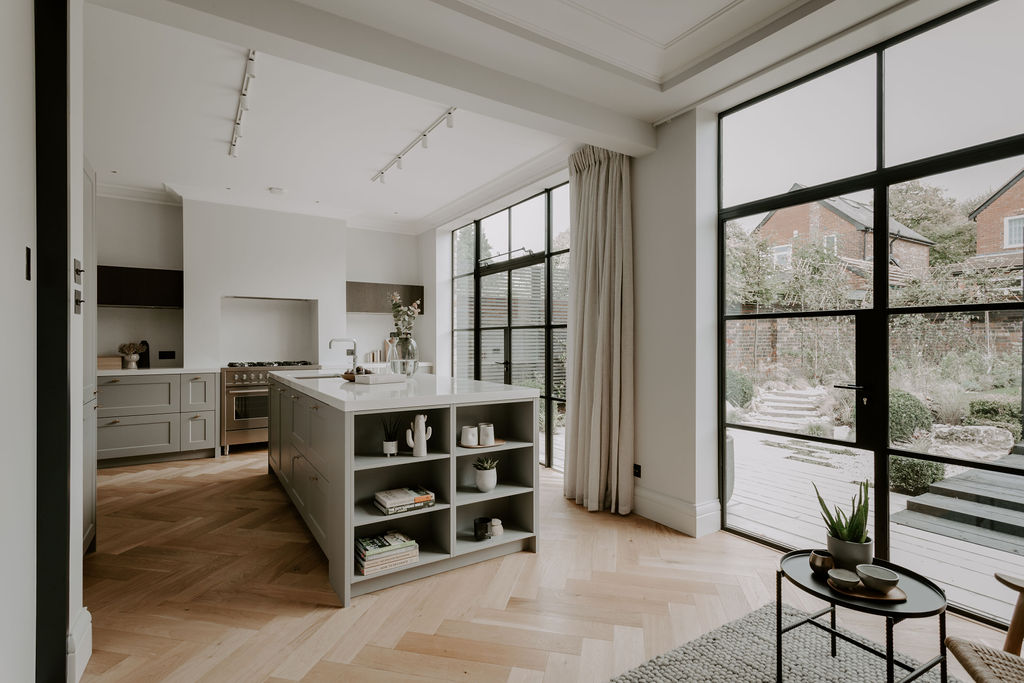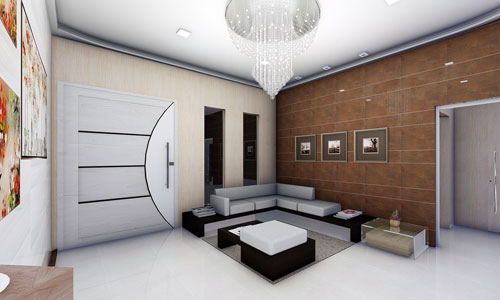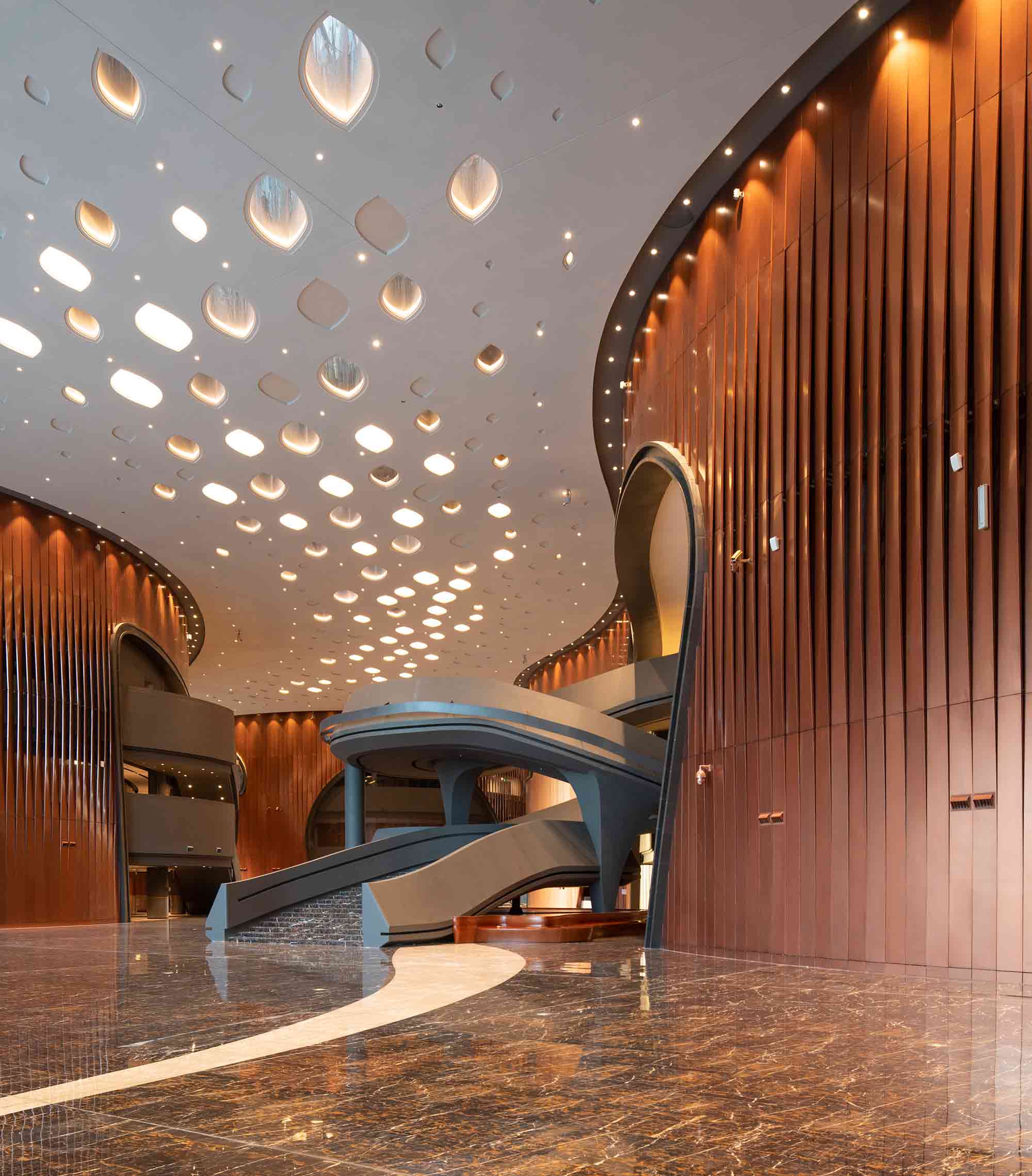Trusted Top Luxury Home Designer Services for Sophisticated Designs
Trusted Top Luxury Home Designer Services for Sophisticated Designs
Blog Article
The Art of Equilibrium: Exactly How Interior Design and Home Architect Collaborate for Stunning Results
In the realm of home design, striking an equilibrium in between aesthetic appeals and performance is no tiny feat. This delicate equilibrium is accomplished with the unified partnership between interior designers and designers, each bringing their one-of-a-kind proficiency to the table. The result? Spaces that are not just visually magnificent but likewise very comfortable. Nonetheless, this ideal blend is not constantly easy to obtain. Remain with us as we discover the ins and outs of this joint procedure and its transformative influence on home design.
Recognizing the Core Differences In Between Inside Design and Home Architecture
While both Interior Design and home design play essential roles in producing aesthetically pleasing and functional areas, they are inherently various techniques. Home architecture mostly concentrates on the architectural elements of the home, such as developing codes, safety and security regulations, and the physical building of the area. It deals with the 'bones' of the structure, working with spatial dimensions, bearing walls, and roof covering styles. On the other hand, Interior Design is much more concerned with boosting the sensory and aesthetic experience within that framework. It entails picking and preparing furniture, picking color design, and incorporating attractive elements. While they work in tandem, their functions, obligations, and locations of knowledge deviate substantially in the production of an unified home atmosphere.
The Synergy Between Home Style and Interior Decoration
The synergy between home style and Interior Design lies in a common vision of layout and the improvement of useful aesthetic appeals. When these two areas line up harmoniously, they can transform a living area from ordinary to phenomenal. This collaboration calls for a deeper understanding of each self-control's concepts and the ability to develop a cohesive, visually pleasing setting.
Unifying Layout Vision
Merging the vision for home design and indoor design can create a harmonious living space that is both useful and aesthetically pleasing. It promotes a collaborating strategy where architectural elements complement interior style components and vice versa. Hence, unifying the layout vision is critical in mixing design and interior style for stunning outcomes.
Enhancing Functional Aesthetic Appeals
Just how does the harmony between home style and interior style improve useful aesthetics? Engineers lay the foundation with their architectural design, ensuring that the room is practical and efficient. An architect might create a home with high ceilings and big windows.
Relevance of Partnership in Creating Balanced Spaces
The collaboration between interior designers and architects is critical in producing balanced areas. It brings consistency between layout and architecture, providing birth to spaces that are not only aesthetically pleasing yet additionally useful. Discovering effective joint techniques can provide understandings right into just how this harmony can be successfully attained.
Integrating Style and Design
Equilibrium, a necessary facet of both Interior Design and architecture, can only absolutely be attained when these 2 areas operate in harmony. This harmony is not merely an aesthetic consideration; it influences the functionality, sturdiness, and ultimately, the livability of a room. Interior developers and architects have to comprehend each other's duties, appreciate their competence, and connect properly. They must think about the interaction of structural components with decor, the flow of areas, and here the effect of light and shade. This collaborative process leads to a natural, balanced design where every component adds and has a purpose to the overall aesthetic. Balancing layout and design is not just concerning developing gorgeous areas, but about crafting rooms that work flawlessly for their residents.
Effective Collaborative Strategies

Situation Researches: Effective Integration of Layout and Design
Examining a number of instance studies, it emerges exactly how the effective combination of Interior Design and architecture can transform a room. The Glass Residence in Connecticut, renowned for its minimalistic elegance, is one such example. Engineer Philip Johnson and interior developer Mies van der Rohe collaborated to produce an unified equilibrium in between the structure and the inside, resulting in a smooth circulation from the outside landscape to the inner living quarters. An additional exemplar is the Fallingwater Home in Pennsylvania. Designer Frank Lloyd Wright and indoor designer Edgar Kaufmann Jr.'s collaborative initiatives cause a stunningly special home that blends with its natural surroundings. These case research studies underscore the extensive impact of a successful layout and style collaboration.

Getting Rid Of Challenges in Style and Design Collaboration
Regardless of the here obvious advantages of an effective partnership between Interior Design and style, it is not without its challenges. Communication concerns can occur, as both celebrations may utilize different terms, understandings, and methods in their job. This can lead to misunderstandings and hold-ups in job completion. One more significant difficulty is the harmonizing act of aesthetics and capability. Architects might focus on structural stability and security, while developers concentrate on convenience and design. The assimilation of these goals can be complex. In addition, budget and timeline restraints usually include pressure, possibly triggering breaks in the cooperation. Reliable communication, mutual understanding, and compromise are critical to overcome these difficulties and attain a effective and unified collaboration.

Future Fads: The Progressing Connection In Between Home Architects and Inside Designers
As the globe of home layout remains to evolve, so does the partnership between engineers and indoor developers. The pattern leans in the direction of a much more incorporated and collaborative strategy, damaging devoid of traditional functions. Engineers are no much longer exclusively concentrated on architectural integrity, however additionally take part in boosting visual allure - Winchester architect. Conversely, indoor designers are accepting technological facets, affecting overall layout and capability. This progressing synergy is driven by developments in technology and the growing need for areas that are not just visually pleasing however likewise useful and lasting. The future guarantees a more cohesive, ingenious, and adaptive method to home design, as developers and designers continue to blur the lines, promoting a connection that absolutely symbolizes the art of balance.
Verdict
The art of balance in home layout is accomplished Hampshire architects through the unified collaboration between indoor developers and architects. An understanding of each other's disciplines, efficient communication, and shared vision are important in producing aesthetically magnificent, useful, and inviting spaces. In spite of challenges, this partnership promotes growth and development in design. As the connection in between home engineers and indoor designers advances, it will certainly remain to form future trends, improving comfort, efficiency, and individual expression in our space.
While both indoor layout and home style play essential duties in producing visually pleasing and functional areas, they are inherently different techniques.The synergy in between home style and interior layout lies in a shared vision of layout and the improvement of practical visual appeals.Combining the vision for home design and indoor design can develop an unified living room that is both useful and visually pleasing. Therefore, unifying the design vision is important in mixing style and indoor layout for magnificent results.
Just how does the harmony in between home design and indoor layout enhance useful aesthetics? (Winchester architect)
Report this page